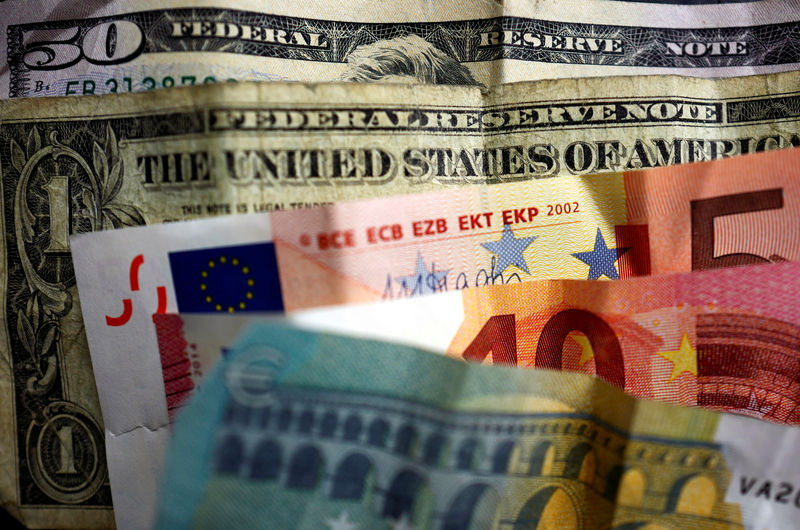- Silver jumps over 4%, hitting a four-month peak of $32.26.
- Bullish technical stance as RSI indicates continued upside potential for XAG/USD.
- Potential breakout above $32.26 could target the year-to-date high of $32.51, with further resistance at $33.00 and October 2012 peak of $35.40.
- Downside supports are at $32.00, followed by the September 20 high of $31.44, and additional support at $31.00.
Silver price skyrocketed during Tuesday’s North American session and hit a four-month high of $32.26, posting gains of over 4% as the grey metal extended its rally sponsored by a drop in US Treasury yields and a weak US Dollar. The XAG/USD trades at $32.12 as Wednesday’s Asian session begins.
XAG/USD Price Forecast: Technical outlook
Silver is upward biased and is set to continue climbing to challenge the year-to-date (YTD) high of $32.51. The Relative Strength Index (RSI) is aiming higher after peaking on Monday, indicating that bulls are stepping in.
if XAG/USD stays above $32.00 and punches through the $32.26 September 24 high, that could pave the way for the YTD high. Once surpassed, the next stop would be the $33.00 mark, ahead of the October 1, 2012 high at $35.40
On the other hand, if XAG/USD falls below $32.00, the next support would be the September 20 daily high at $31.44, before testing $31.00.
XAG/USD Price Action – Daily Chart
Silver FAQs
Silver is a precious metal highly traded among investors. It has been historically used as a store of value and a medium of exchange. Although less popular than Gold, traders may turn to Silver to diversify their investment portfolio, for its intrinsic value or as a potential hedge during high-inflation periods. Investors can buy physical Silver, in coins or in bars, or trade it through vehicles such as Exchange Traded Funds, which track its price on international markets.
Silver prices can move due to a wide range of factors. Geopolitical instability or fears of a deep recession can make Silver price escalate due to its safe-haven status, although to a lesser extent than Gold’s. As a yieldless asset, Silver tends to rise with lower interest rates. Its moves also depend on how the US Dollar (USD) behaves as the asset is priced in dollars (XAG/USD). A strong Dollar tends to keep the price of Silver at bay, whereas a weaker Dollar is likely to propel prices up. Other factors such as investment demand, mining supply – Silver is much more abundant than Gold – and recycling rates can also affect prices.
Silver is widely used in industry, particularly in sectors such as electronics or solar energy, as it has one of the highest electric conductivity of all metals – more than Copper and Gold. A surge in demand can increase prices, while a decline tends to lower them. Dynamics in the US, Chinese and Indian economies can also contribute to price swings: for the US and particularly China, their big industrial sectors use Silver in various processes; in India, consumers’ demand for the precious metal for jewellery also plays a key role in setting prices.
Silver prices tend to follow Gold’s moves. When Gold prices rise, Silver typically follows suit, as their status as safe-haven assets is similar. The Gold/Silver ratio, which shows the number of ounces of Silver needed to equal the value of one ounce of Gold, may help to determine the relative valuation between both metals. Some investors may consider a high ratio as an indicator that Silver is undervalued, or Gold is overvalued. On the contrary, a low ratio might suggest that Gold is undervalued relative to Silver.













